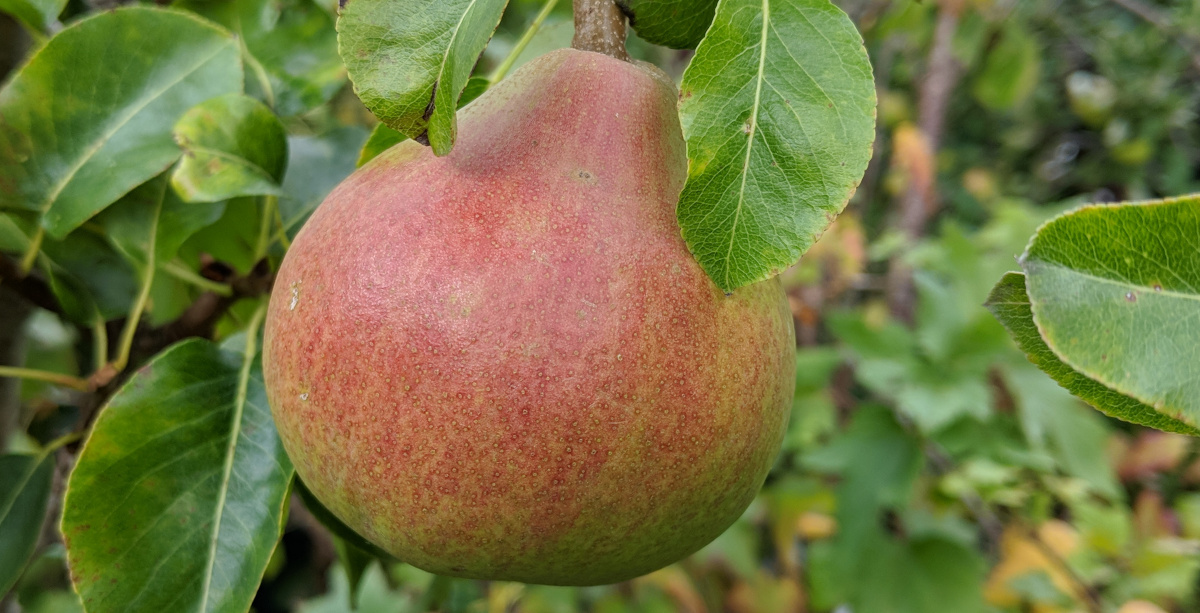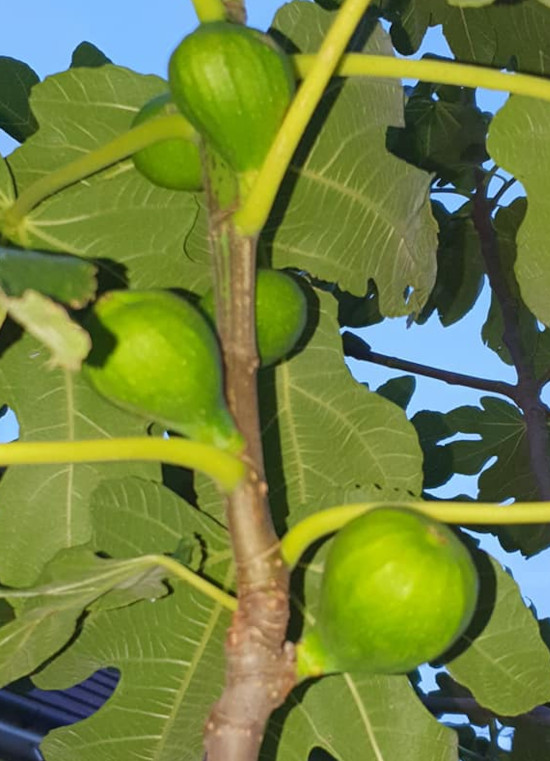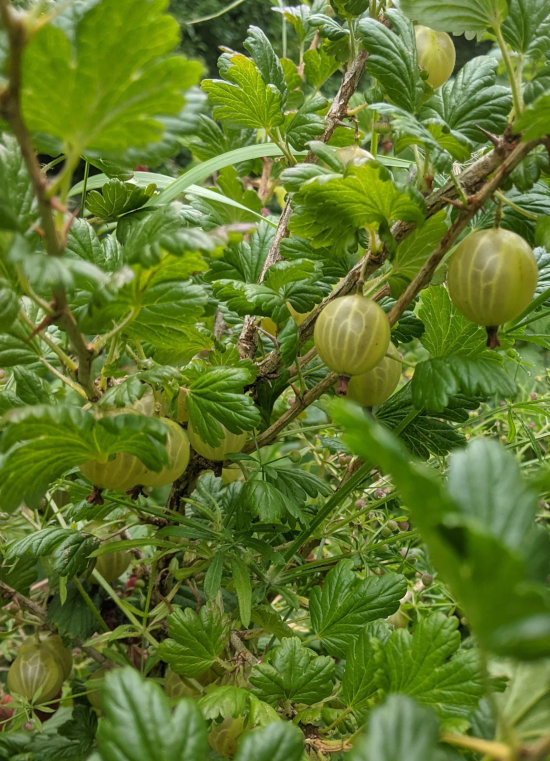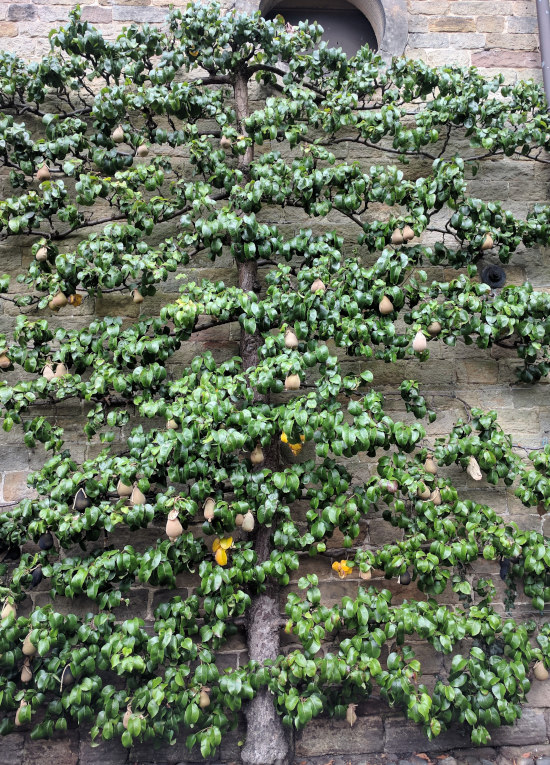Fruit

I have grown a great many different types of fruit successfully over the years and even managed to grow figs, pineapples and kiwis in Yorkshire, a place in the north of England noted for being cold and wet.
Below: Figs growing in my poly-tunnel.

Fruit growing is split roughly into two types, tree fruits are hard fruits like apples and soft or bush fruits include currants, blueberries and strawberries.
Hard and soft categories of fruits refers more to their shelf life rather then their texture. Hard fruits keep for much longer than soft fruits and can be stored.
Growing fruit at home can be a rewarding and enjoyable experience. Here are some steps to get started:
Choose the Right Fruit: Select fruit varieties that are well-suited for your climate and available space. Consider factors such as sunlight, temperature, and soil conditions. Some popular fruit options for home gardens include strawberries, blueberries, apples, oranges, lemons, and figs.
Select a Suitable Location: Fruit plants typically require a lot of sunlight, so choose a spot in your garden or yard that receives at least 6-8 hours of direct sunlight each day. Ensure the area has good drainage to prevent waterlogged soil.
Prepare the Soil: Test your soil to understand its composition and pH level. Most fruit plants prefer well-draining soil with a slightly acidic to neutral pH. Amend the soil as needed with organic matter, compost, or specific soil mixes to create an optimal growing environment.
Obtain Quality Plants or Seeds: Purchase healthy plants from a reputable nursery or garden centre. Alternatively, you can start from seeds, but this may take longer before you see fruit. If you are buying plants, inspect them for any signs of disease or pests before bringing them home.
Planting: Follow the planting instructions specific to the fruit plant you are growing. Space the plants according to their mature size, ensuring they have enough room to grow and spread their roots. Water the plants well after planting to help them establish.
Watering: Fruit plants need regular watering, especially during dry spells or the growing season. Water deeply at the base of the plants to encourage deep root growth. Use mulch around the base of the plants to retain moisture and suppress weeds.
Fertilising: Fertilise your fruit plants with appropriate nutrients to support healthy growth and fruit production. Use a balanced fertiliser or one that is formulated specifically for fruit-bearing plants. Follow the recommended application rates on the product label.
Pruning: Proper pruning is essential for many fruit-bearing plants. It helps improve air circulation, sunlight penetration, and overall plant health. Prune during the dormant season or as recommended for the specific fruit variety.
Pest and Disease Management: Monitor your plants regularly for any signs of pests or diseases. Early detection and treatment can prevent serious issues. Consider using organic methods for pest control whenever possible to avoid harmful chemicals.
Harvesting: Each fruit has its own ripening time. Learn about the proper harvesting time for the fruits you are growing. Harvest when the fruits are ripe, but still firm, and handle them carefully to avoid damage.
There are many fruits that you have to grow yourself as many are just available in stores or they are very expensive when they are. Gooseberries is a good example, easy to grow and highly productive but almost never in any shops or grocers.
Below: This years gooseberry crop was over 90 lb and they are almost never found in stores.

What is the easiest fruit to grow?
Apples are the easiest tree fruit and strawberries the easiest soft fruit to grow. A well chosen apple in a good spot with fertile soil and proper care will produce hundreds of pounds of fruit every year.
It does to some extent vary depending on where you live. Figs grow wild like weeds in many parts of the world.
How long does it take for a fruit to grow?
It takes between 1 and 5 years for fruit trees to become productive and 1 to 2 years for soft fruits to produce decent crops.
Below: It takes 50 years or more to grow a fruit tree like this.

Some modern varieties of tree fruit can produce reasonable crops from their third year.
